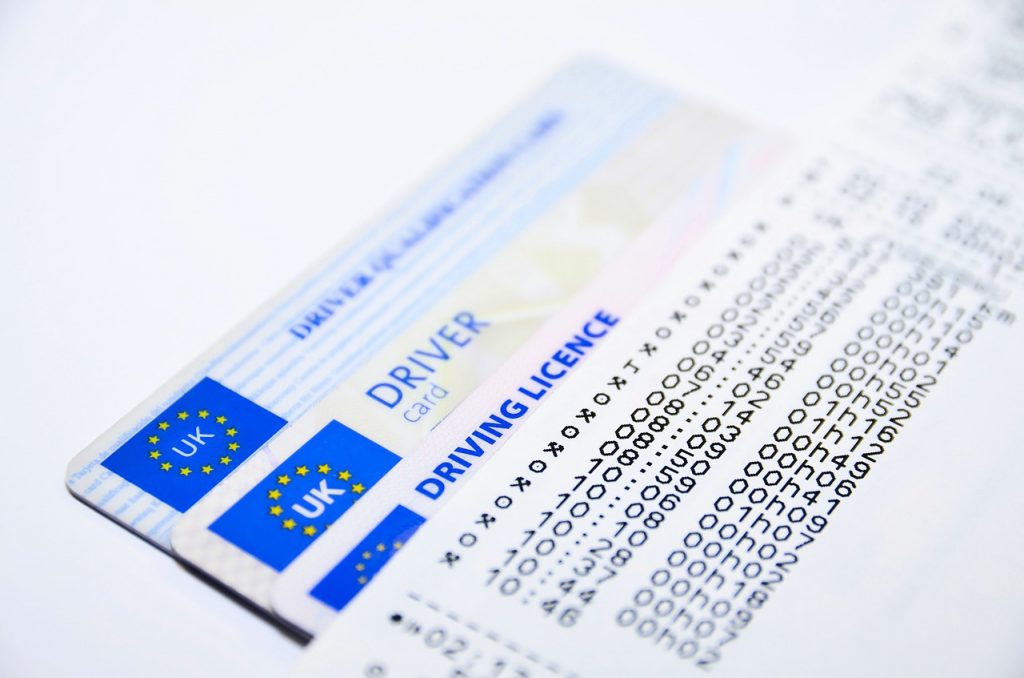Why Mandatory Real ID Update Has Been Delayed Again
This article is more than 2 years old

Chances are that by now, you have heard of the REAL ID. Theoretically, it will set a federal standard for driver’s licenses. But the latest news is that its official roll-out date is postponed again.
However, if you are not familiar with the REAL ID, it would be helpful to know what it is to understand why the delay matters. According to the Department of Homeland Security’s (DHS) website, “The REAL ID Act establishes minimum security standards for license issuance and production and prohibits certain federal agencies from accepting for certain purposes driver’s licenses and identification cards from states not meeting the Act’s minimum standards.” And DHS intends to require a REAL ID from passengers wishing to fly.
Congress passed the REAL ID Act in 2005 based on recommendations from the 9/11 Commission. Then, in 2013, DHS announced an enforcement plan. It intended the enforcement plan to get phased in, so states had plenty of time to comply.
Some states were quick to comply with the new federal standards. But others have not been as quick to jump aboard the compliance train. As of 2022, only approximately half the states have changed driver’s license standards.
So DHS officially extended the deadline by two years. Originally, airline passengers would have to show a REAL ID (or acceptable alternative) by May 2023. Now, airlines and TSA will check for compliant IDs starting May 2025.
While that is good news for anyone living in a state without updated IDs, it brings up a few questions. Why the delay? And according to ABC7 News, it is not the first delay.
This latest extension to the rollout date is the third of its kind. “The REAL ID deadline was first delayed a year from Oct. 1, 2020, to Oct. 1, 2021, due to the COVID-19 pandemic. It was then extended another 19 months from Oct. 1, 2021, to May 3, 2023.”
DHS has not provided a reason for the date change. Instead, they released a vague news press release. It read, “DHS continues to work closely with U.S. states, the District of Columbia, and the U.S. territories to meet REAL ID requirements.”
The DHS Secretary, Alejandro Mayorkas, continued, “This extension will give states needed time to ensure their residents can obtain a REAL ID-compliant license or identification card. DHS will also use this time to implement innovations to make the process more efficient and accessible. We will continue to ensure that the American public can travel safely.”
However, if traveling safely was the high-priority goal, why is the agency allowing nearly two decades to pass before requiring compliance? Additionally, since passengers can show other forms of acceptable ID (such as a valid passport), why not roll out the program as is? With so many recent delays, it is unclear whether the REAL ID program will actually roll out in 2025.
If you are unsure whether your state has already switched to REAL ID standards, you can find out with a quick Google search. For those living in states that haven’t made the change, you have plenty of time to line up an alternative. You can find a list of suitable alternatives here.



